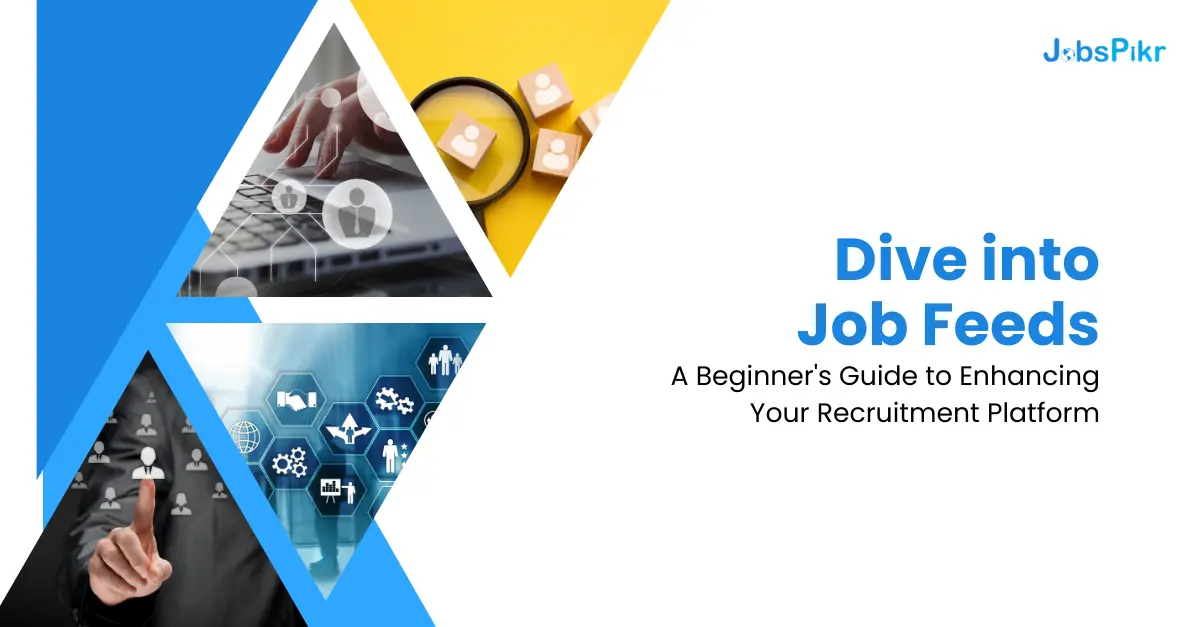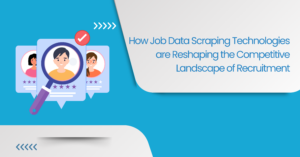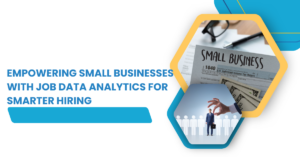Understanding Job Feed Integration and Its Importance
Job feed integration involves consolidating diverse job listings from multiple sources into a single, streamlined platform. This process is crucial for recruitment sites aiming to offer a comprehensive job search experience. The importance of job feed integration lies in:
- Improving User Experience: By curating a comprehensive selection of job opportunities within a centralized hub, candidates can seamlessly identify positions that resonate with their skills and preferences.
- Amplifying Visibility for Employers: It grants employers expanded exposure for their job listings, augmenting the probability of attracting well-suited candidates.
- Sustaining Competitive Advantage: Recruitment platforms that integrate job feeds uphold their leading position by furnishing up-to-date and varied listings.
- Streamlining Efficiency: Automated updates streamline operations for both job seekers and employers, optimizing the recruitment workflow.
- Insightful Data Acquisition: The integration empowers platforms to amass valuable insights into job market trends, informing strategic decision-making processes.
Setting Clear Objectives for Your Recruitment Platform
Image Source: smartdataweek
When initiating the development or advancement of a recruitment platform, establishing precise objectives is paramount. These objectives should align with the platform’s core purpose and encompass the intended benefits for all users, including both employers and job seekers. Take into account the following aims:
- Streamlining the job posting process for efficient employer use.
- Ensuring job feed relevance through advanced filtering and matching algorithms.
- Offering a user-friendly interface that caters to a diverse applicant pool.
- Integrating features that facilitate communication and feedback between employers and candidates.
- Measuring success through analytics, such as the number of successful hires or user engagement rates.
Setting well-defined objectives guides the platform development effectively, ensuring that every feature contributes to the overall mission of connecting talent with opportunity.
Seamless Job Data Synchronization: Best Practices
- Establish Clear Protocols: Define and standardize data formats and protocols for seamless integration between systems.
- Automate Processes: Employ automation tools to facilitate real-time data updates and reduce manual entry errors.
- Ensure Data Security: Implement robust security measures to protect sensitive job and applicant information during synchronization.
- Regularly Monitor Systems: Continuously monitor synchronization processes to quickly identify and resolve any issues.
- Optimize for Scalability: Design synchronization mechanisms that can handle increased data volumes as your recruitment platform grows.
- Provide Reliable Support: Equip your team with the necessary tools and knowledge to offer timely support in case of synchronization challenges.
Enhancing User Experience with Job Feed Customization
Customization is key to a seamless job feed experience on recruitment platforms. By incorporating user preferences and behavioral data, a job feed can be tailored, ensuring relevance and engagement. Here are strategies for enhancing customization:
- Deploy Algorithmic Filtering: Utilize algorithms to categorize job listings according to user profile details, including skills, experience, and past job inquiries.
- Enable Saved Searches and Alerts: Empower users to preserve their search criteria and opt-in for notifications, ensuring they stay updated on new opportunities that match their preferences.
- Offer Customizable Preferences: Grant users the freedom to customize their job feed by specifying parameters like industry, location, salary range, or company size.
- Collect Feedback for Enhancements: Consistently seek input from users to gain deeper insights into their requirements and enhance the customization of job feeds accordingly.
Effective customization can significantly improve user satisfaction and platform retention.
Utilizing Automation for Efficient Job Posting Updates
In the dynamic landscape of recruitment, the ability to rapidly update job postings is crucial. Employers and recruiters benefit from automation in managing job feeds due to:
- Time Savings: Automating updates streamlines the posting process, drastically reducing the time spent on manual edits.
- Accuracy: Automation diminishes human error, ensuring job details remain consistent and precise across platforms.
- Real-time Adjustments: Automated systems enable immediate changes to live postings, reflecting the most current job specifications and requirements.
- Increased Reach: Efficient updating allows for frequent refreshes, keeping postings high on job board search results, which can increase the visibility and attractiveness to potential candidates.
- Data-driven Decisions: Analysis of job posting performance through automated tools informs strategic adjustments, aligning with recruitment goals.
Implementing automation transforms job posting management into a more effective and less labor-intensive task, providing a competitive edge in talent acquisition.
Analyzing Job Feed Performance: Metrics That Matter
To effectively analyze job feed performance, one must consider several key metrics:
- Click-Through Rate (CTR): Measures user engagement by calculating the percentage of clicks on job postings relative to the number of views.
- Conversion Rate: Assesses the effectiveness of the feed by tracking the rate at which job views lead to applications.
- Time-to-Fill: Captures the pace at which positions are filled, indicating the feed’s efficiency.
- Quality of Applicants: Evaluate the relevancy and caliber of candidates applying through the feed.
- Job Post Visibility: Gauges how prominently job listings are displayed, affecting reach and response.
- Applicant Drop-off Rate: Identifies at what stage potential candidates disengage, pointing to potential improvements in the application process.
Addressing Common Hurdles in Job Feed Integration
During the integration of job feeds, recruitment platforms encounter technical and operational hurdles. Accurate mapping of data fields is essential to maintain uniformity across diverse job listings. Furthermore, frequent updates are imperative to reflect real-time job availability and prevent obsolete listings. Dealing with the substantial volume of data poses another challenge, necessitating a robust infrastructure capable of processing and storing vast amounts of information. Additionally, platforms must ensure compliance with data privacy regulations and uphold a secure environment for job seeker information. By meticulously strategizing and leveraging scalable technologies, these obstacles can be systematically overcome.
Harnessing Artificial Intelligence for Enhanced Matching
Artificial Intelligence (AI) is reshaping job feed platforms by enhancing precision in pairing candidates with job openings. AI algorithms possess the capability to meticulously analyze extensive datasets, encompassing resumes, and job descriptions, to pinpoint the most fitting matches based on skills, experience, and cultural alignment. Through continual machine learning, this process evolves, honing its accuracy by assimilating insights from successful and unsuccessful matches. By leveraging AI, recruitment platforms can:
- Provide tailored job recommendations
- Expedite time-to-fill positions
- Elevate the caliber of matches
- Anticipate shifts in the job market and adapt job feeds accordingly
By integrating AI, recruiters streamline and enhance the hiring process, ensuring heightened efficiency and effectiveness.
Ensuring Compliance and Data Privacy in Feeds
Recruitment platforms must prioritize compliance with data protection laws such as GDPR and regional regulations. It is imperative to:
- Obtain explicit consent from job seekers before collecting and processing their data.
- Ensure data is stored securely and access is restricted to authorized personnel only.
- Employ robust encryption and anonymization techniques to shield sensitive information.
- Regularly review data retention policies to prevent undue data retention.
- Provide transparent and easily accessible privacy policies elucidating data usage and users’ rights.
- Prepare for and respond to data breaches swiftly to minimize damage.
- Stay updated with evolving compliance requirements to maintain rigorous data privacy standards.
Step-by-Step Guide to Seamless Job Feed Integration with Jobspikr
- API Setup: Initiate API integration with JobsPikr to effortlessly retrieve comprehensive job details.
- Field Mapping: Align the data fields from your source with JobsPikr’s platform structure for seamless integration.
- Job Importation: Test the job import function with a select number of listings to ensure precision and reliability.
- Automated Updates: Implement an automated process to regularly refresh and update the job feed, ensuring its currency.
- Performance Monitoring: Continuously monitor the integration’s performance, swiftly addressing any potential issues that arise.
- Continuous Optimization: Gather user feedback and refine the job feed continuously to enhance the overall user experience.




